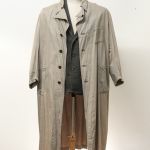
26 July – 31 August
After 1945, Ernst Lothar and Oscar Fritz Schuh dominated the drama department.

26 July – 31 August
After the regular TV programme started operating in Austria on six days a week starting at 8 pm as of January 1957, ORF decided in June 1958 for the first time to broadcast Festival events on television as well.
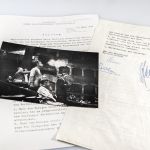
27 July – 31 August
The Festival’s Board of Directors had already resolved as early as December 1954 to fill the gap left by Furtwängler’s death and engage Herbert von Karajan. However, he cancelled his engagement in 1955.
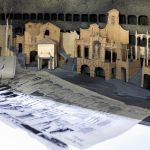
21 July – 30 August
The opera schedule in the anniversary year of 1956 was dedicated wholly to the genius loci Mozart: four revivals – including Don Giovanni – the takeover of Idomeneo from the Mozart Week and also a new production of Le nozze di Figaro formed a veritable show parade of the Mozart repertoire.
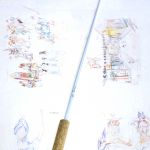
24 July – 30 August
Both the Salzburg Festival and the Vienna State Opera planned to include Don Giovanni and Fidelio in their 1955 schedules. Karl Böhm, director of the Vienna State Opera, threatened to stay away from the Festival should the schedules be the same.
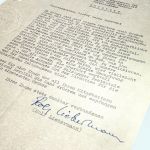
25 July – 30 August
As of 1954, Gottfried von Einem, as member of the arts council, was again chosen to make suggestions for the Salzburg Festival. He had already contrived to include the world première of Rolf Liebermann’s Penelope for 1954, whereupon Wilhelm Furtwängler expressed his displeasure, and the dispute flared up anew about programme planning and the renewal movement promoted by the team of von Einem/Schuh.

26 July – 31 August
After the uproar about the conferment of Austrian citizenship to Bertolt Brecht and the resulting expulsion of Gottfried von Einem from the Festival’s Board of Directors – he had supported Brecht until the very end – the composer was to be rehabilitated.
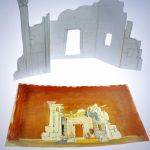
26 July – 31 August
The musical highlight of the 1952 Festival was the world première of Strauss’s opera Die Liebe der Danae on 14 August – eight years after the momentous dress rehearsal of 1944 – under Clemens Krauss.
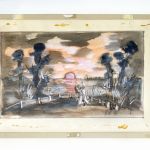
27 July – 31 August
The year 1951 is noted as one of political scandal in the annals of the Festival. In the run-up to the first performance of Alban Berg’s Wozzeck at the Salzburg Festival, a politically motivated campaign was being organized against the opera, which caused ticket sales to slump.
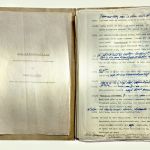
27 July – 31 August
Ernst Lothar, who as Theater & Music Officer exercised a major influence on the Salzburg Festival from summer 1946 on, resigned as cultural officer at the end of 1947. In 1948, he returned to the Salzburg Festival as member of the Board of Directors and endeavoured – with varying success – to ring in a new era for straight drama.
26 July – 31 August
The musical highlight of the 1952 Festival was the world première of Strauss’s opera Die Liebe der Danae on 14 August – eight years after the momentous dress rehearsal of 1944 – under Clemens Krauss.
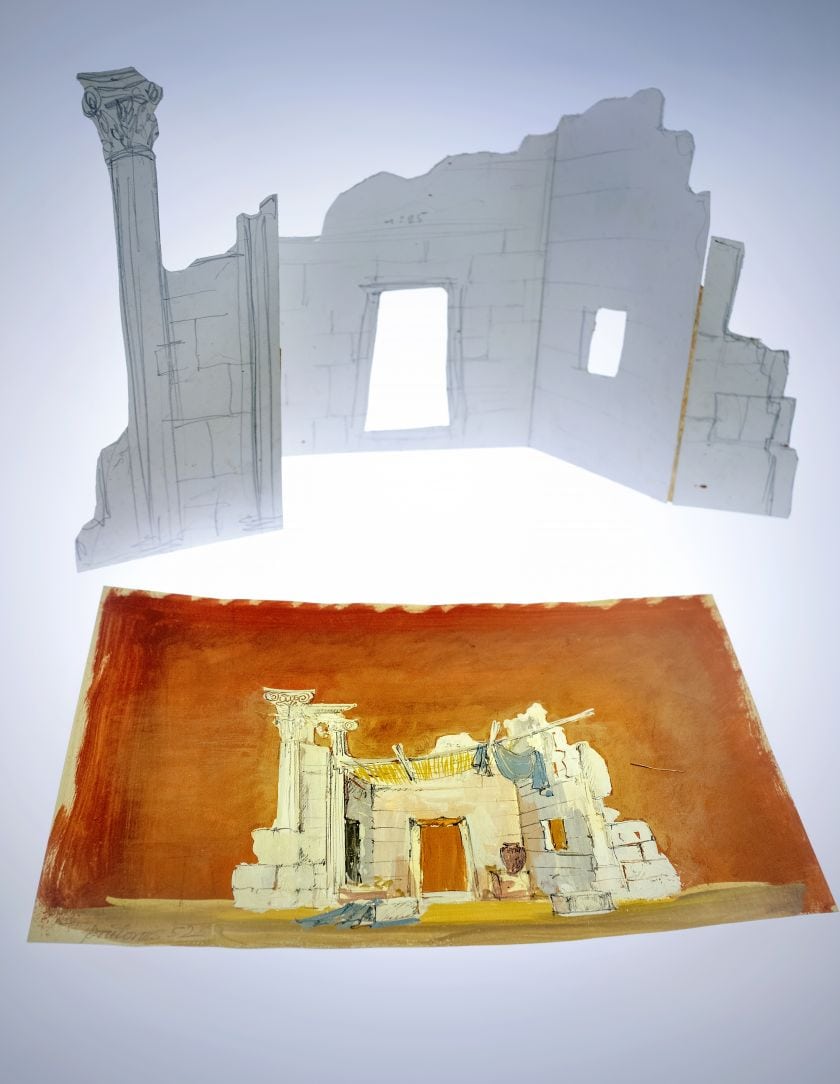
The reason for the conductor’s comeback is based on the composer’s legacy. Strauss had ordered that only Krauss – or in an emergency Karajan – was permitted to première the opera. Also director Rudolf Hartmann and the set designer Emil Preetorius had been in the leading team in 1944. The composer had made notes about the dress rehearsal in his memoirs: ‘The Vienna Philharmonic Orchestra dynamized by Krauss’s omnipotent magic wand […] to the most exalted ecstasy of sound […] – Hartmann, supported by Preetoriusʼs beautiful sets, […] guiding singers and chorus with supreme skill […], these are the main key words for characterizing a performance that will not be seen so soon in this perfection on the German stage.’1
1 Richard Strauss: Betrachtungen und Erinnerungen, Willi Schuh (ed.). Letter of 25 September 1944. Cit.: Edda Fuhrich and Gerda Prossnitz: Die Salzburger Festspiele. Vol. I (1920–1945), Vienna–Salzburg 1990, 303
